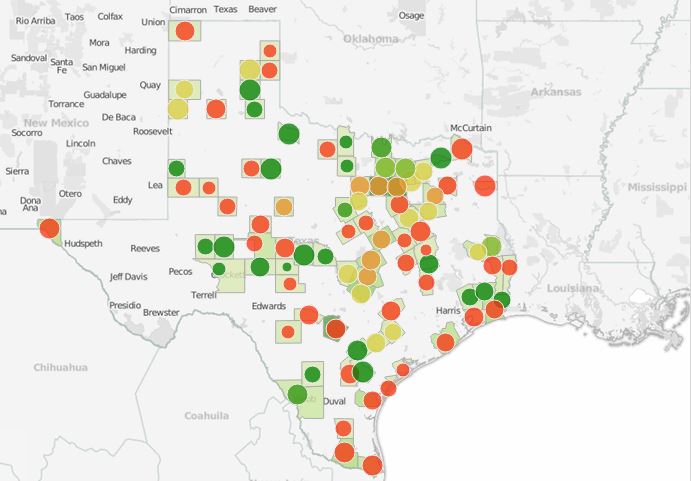It is an unfortunate fact many of us will have to face; a time when supervised care of elderly parents and other relatives becomes necessary and a choice has to be made about where they should move to receive Long Term Care. As discussed in our Nursing Home Report Card page, while Assisted Living Facilities have successfully lobbied to avoid regulation, Nursing Homes must operate according to a regulatory framework to participate in Medicare and Medicaid reimbursement. As a result, we have a long history of performance data based on regular and complaint-originated inspections of these facilities. This data provides transparency into how Nursing Homes perform over the long term and can help make reasonable decisions based on facts rather than subjective opinions or marketing efforts by the facilities themselves. Deficiencies are noted by inspectors during regular intervals, or as a result of investigating a formal complaint, and remediation plans are put in place to correct the deficiency. If it is not corrected within the prescribed period, the result can be a fine and the process can escalate to the point of revocation of the license.
 To measure the complaints and penalties in context we have created a couple of Key Performance Indicators (KPIs) here that allow us to compare individual facilities against each other. The overall idea is that the number of beds is used as the denominator, while the complaints and fines/penalties are the numerator. This gives us the KPI, Complaints per bed, rather than just the raw number of complaints. Also, we can look at the more serious KPI – Penalties (fines) per bed, which lets us know relatively how well the remediation plans were carried out once there was a confirmed deficiency.
To measure the complaints and penalties in context we have created a couple of Key Performance Indicators (KPIs) here that allow us to compare individual facilities against each other. The overall idea is that the number of beds is used as the denominator, while the complaints and fines/penalties are the numerator. This gives us the KPI, Complaints per bed, rather than just the raw number of complaints. Also, we can look at the more serious KPI – Penalties (fines) per bed, which lets us know relatively how well the remediation plans were carried out once there was a confirmed deficiency.
Unfortunately the pressures in all areas of the economy continue to squeeze the quality of care in Nursing Homes: More responsibility with fewer resources, reluctance to hire adequate staff – then hiring of low-wage employees, lack of adequate training, etc. all compound the challenge of providing adequate coverage based on the the number of residents and the complexity of services required, i.e., alzheimers care, managing restraints, preventing falls, turning patients, etc. When the balance is not met, the first thing to suffer is the quality of care, which over time can lead to serious medical consequences. This is an issue that can impact all of us and our loved ones; the first step is finding the right place, which means doing some homework about the the different facilities available.
Which are the Best and Worst Nursing Homes According to CMS Ratings?






0 Comments